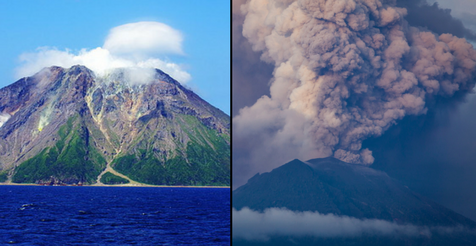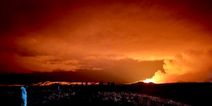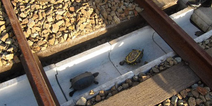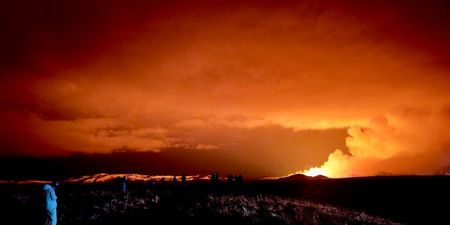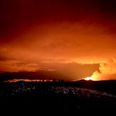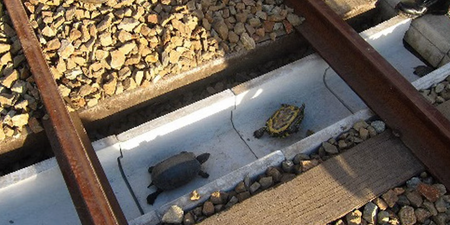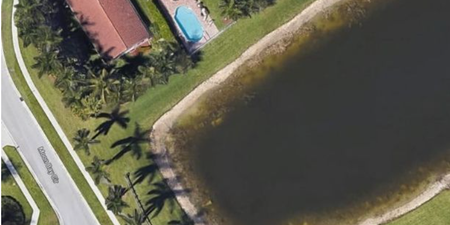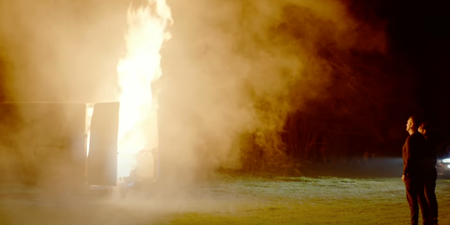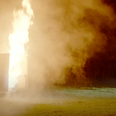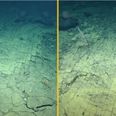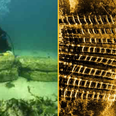There’s a serious amount of magma building.
A group of scientists have discovered evidence of a giant lava dome existing under the remains of an ancient underwater volcano that collapsed after one the largest super-eruptions in known history, the Akahoya eruption, over 7,000 years ago in Kyūshū, Japan.
The Kikai Caldera, located south of Japan’s main islands, was formed after the eruption when the volcano collapsed into itself having emptied its magma reservoir, creating a cauldron-like depression known as a caldera.
Researchers at Kobe University have revealed the discovery of a giant lava dome within the Kikai’s collapsed magma chamber and it is believed to contain 32 cubic km of magma in a new study published on Friday.
The dome is currently 10km wide and 600m tall, but distortions on its surface suggest that it is still growing.
Scientists have stated that a super-eruption could take place without warning, kill up to 110 million people, and even cause a “volcanic winter”, where debris from the eruption enters the atmosphere in quantities great enough to block out the sun.
As well as this, should a super-eruption occur, tsunamis could be triggered that would likely hit the coasts of Taiwan, China and southern Japan, even reaching as far as North and South America.
The lava dome – which has been detected across three voyages involving reflection seismology and geological and electromagnetic analysis – does not mean that any super-eruption is imminent, but it does potentially hold the key to predicting and preparing for the event in the future.
The post-caldera activity is widely considered to be preparation for the next super-eruption, which has happened at the site three times previously: 140,000 years ago, 95,000 years ago and the Akahoya eruption, which dramatically changed the vegetation in the Kyūshū region.
Volcanologist Yoshiyuki Tatsumi, told The New York Times that “the most serious problem that we are worrying about is not an eruption of this lava dome, but the occurrence of the next super-eruption,” after the findings.
Previous research by Dr.Tatsumi, who is also lead author of the study, does suggest that there is only a one percent chance of a super-eruption occurring in the next century. However, should an eruption occur in this area it could cover almost all of Japan and its 127 million inhabitants in 20cm of thick ash.
There will be further investigations of the Kikai site next month.
